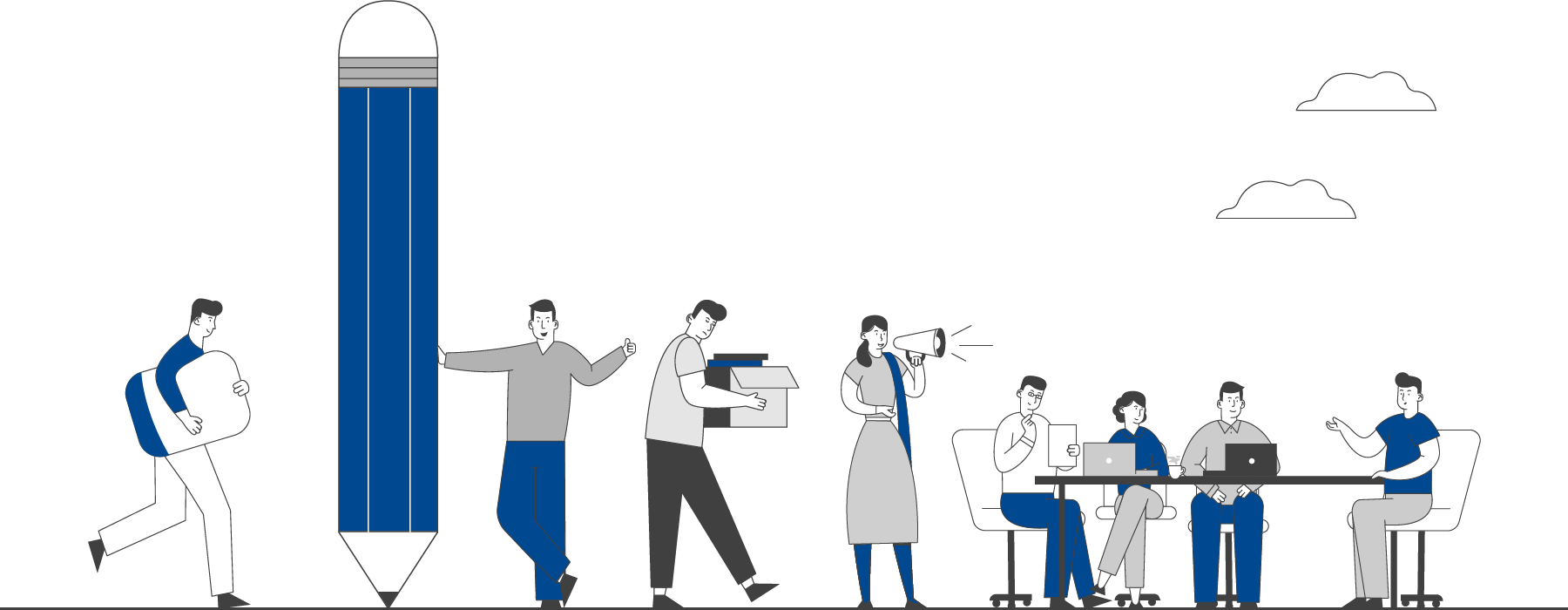

This section presents actionable insights for practitioners from our collaboration of experts.
Analysis
FILTER
BY CATEGORY
View All
What Role Does Gender Play in Anemia?
27 Jun 2020by Bhumika Nanda 7 min read
Meenakshi, a bright 20-year-old from Mohammadpur village in Haryana, had been experiencing frequent bouts of tiredness, headaches and general fatigue — to the extent that even the simplest and easiest of daily chores became difficult for her to carry out. Though it was holding back both her undergraduate studies and her household contribution, Meenakshi did not reach out for medical help. A health worker in her area out to screen young women for anemia was the first to infer that Meenakshi might have anemia. Subsequent tests revealed her hemoglobin levels to be 8gm, which is well below the normal range of hemoglobin for women, which is 12.0 to 15.5 grams per deciliter. Young girls and women like Meenakshi often live their entire lives with anemia that goes unreported and undiagnosed.
Anemia can cause serious health problems leading to irreversible organ damage. Anemia is one of the most common preventable causes of maternal morbidity and poor health outcomes for the mother and child, like perinatal and neonatal mortality, low birth weight, and poor cognitive development. Women of reproductive age are most vulnerable to anemia due to recurrent menstrual bleeding and the demands of pregnancy and childbearing. Anemia affects women adversely throughout their life cycle. According to the most recent National Family Health Survey (2015–16), more than half (53%) of India’s women are anemic. Could gender disparity be the reason behind why women are the gender to suffer most from anemia? This post explores the dynamics of gender interplay through three critical phases of a woman’s life-cycle — childhood, adolescence, and marriage and pregnancy. Anemia is often the result of a combination of health outcomes and social determinants, and it is important to understand the contribution of each in the life cycle of a woman. Iron and Folic Acid (IFA) supplements are not always enough to address the issue of anemia. Childhood
Health outcomes
In India, more than half (58.6%) of all children aged 6–59 months are anemic. Anemia increases the risk of child morbidity and mortality — and at present, one out of every twenty-five children below the age of one, and one in twenty below the age of 5, die every year in India (NFHS 4). Undernutrition is a major cause of anemia in children and has the most detrimental effect during the development stages of a child. It retards her physical and cognitive growth as well as increases susceptibility to infection, which in turn further increases the probability of malnutrition. Undernutrition could also catalyze an inter-generational chain of poor health outcomes. For example, women with anemia are more likely to give birth to low birth weight babies, who in turn are more likely to be stunted and to develop chronic conditions in adulthood.
Social determinants
Women are often given the responsibility for their child’s health, but not enough means through which they can ensure optimum nutrition for her. Moreover, healthy nutritional practices like breastfeeding are not encouraged outside the confines of closed spaces such as the home. The iron in human breast milk is extremely bioavailable (∼50% absorption) with the iron nutrient content at its highest just after birth, decreasing steadily over the course of lactation. According to a study conducted in an urban slum in South India, only one-tenth of all study participants exclusively breastfed for 6 months, detrimental factors being poverty, low education and lack of awareness.


 EXPLORE DATA
EXPLORE DATA 